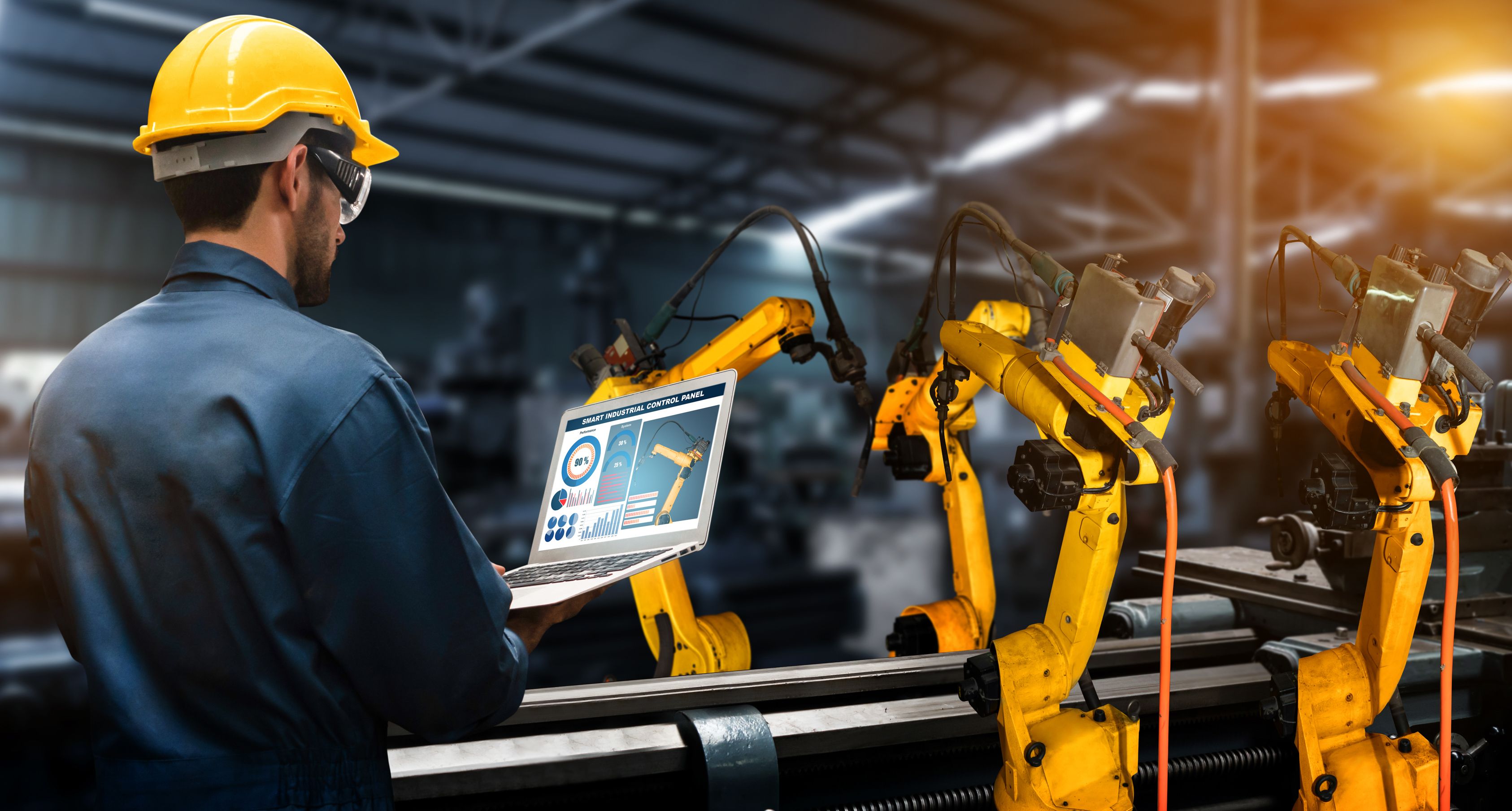Exploring the Revolution of Vibe Coding and Dynamic Prompt Generators
Understanding Vibe Coding
In the rapidly evolving landscape of technology, a fascinating concept known as vibe coding is emerging, capturing the interest of developers and tech enthusiasts alike. Vibe coding, in essence, refers to the process of creating software that can adapt to the emotional and contextual cues of its users. This innovative approach aims to make technology more intuitive, personal, and deeply integrated into our daily lives.
The significance of vibe coding lies in its potential to revolutionize user interaction with devices and applications. By interpreting subtle emotional signals, vibe coding enables software to respond in ways that are not only functional but also empathetic. Imagine a music app that adjusts its playlist based on your mood or a virtual assistant that offers comfort during stressful times.

The Rise of Dynamic Prompt Generators
Alongside vibe coding, dynamic prompt generators are gaining momentum as a powerful tool for enhancing user experience. These generators utilize AI to create customized prompts that guide users through various tasks and processes. Unlike static prompts, which remain unchanged, dynamic prompts evolve based on user interactions and preferences.
Dynamic prompt generators offer a level of personalization that can significantly improve user engagement. They allow applications to anticipate user needs and provide timely suggestions or assistance, thereby streamlining workflows and enhancing productivity. This adaptability is particularly valuable in sectors like e-commerce, where personalized recommendations can lead to increased sales and customer satisfaction.

How Vibe Coding and Dynamic Prompts Complement Each Other
The integration of vibe coding with dynamic prompt generators presents an exciting opportunity for developers. When combined, these technologies can create applications that are not only reactive but also proactive in anticipating user needs. For instance, an app could detect a user's frustration and offer simplified instructions via dynamic prompts to alleviate their concerns.
This synergy can lead to the development of systems that are more aware of their environment and capable of making real-time adjustments. As a result, users experience a seamless interaction that feels both natural and supportive.
Applications Across Industries
The potential applications for vibe coding and dynamic prompt generators are vast and varied across different industries. In healthcare, these technologies could assist in monitoring patient emotions and providing real-time support through personalized prompts. In education, they might help tailor learning experiences to suit individual student needs and emotional states.
Businesses can leverage these technologies to enhance customer service by creating interfaces that understand and adapt to consumer emotions. The ability to provide timely and empathetic responses can significantly boost customer loyalty and brand reputation.

Challenges and Considerations
Despite their promising potential, vibe coding and dynamic prompt generators face several challenges. Privacy concerns are paramount, as these technologies often require access to personal data to function effectively. Ensuring that data is collected and used ethically is critical to gaining user trust.
Moreover, developing algorithms capable of accurately interpreting complex human emotions remains a significant hurdle. It requires ongoing research and refinement to ensure that the systems are both accurate and culturally sensitive.
The Future of Interactive Technology
,As we look towards the possibilities presented by vibe coding and dynamic prompt generators are boundless. These technologies are set to redefine how we interact with machines, making them more human-like in their understanding and responses.
Continued advancements in AI and machine learning will further enhance the capabilities of these systems, paving the way for more sophisticated and intuitive applications. As developers embrace these innovations, we can anticipate a future where technology seamlessly integrates into our lives, providing support that is both intelligent and empathetic.